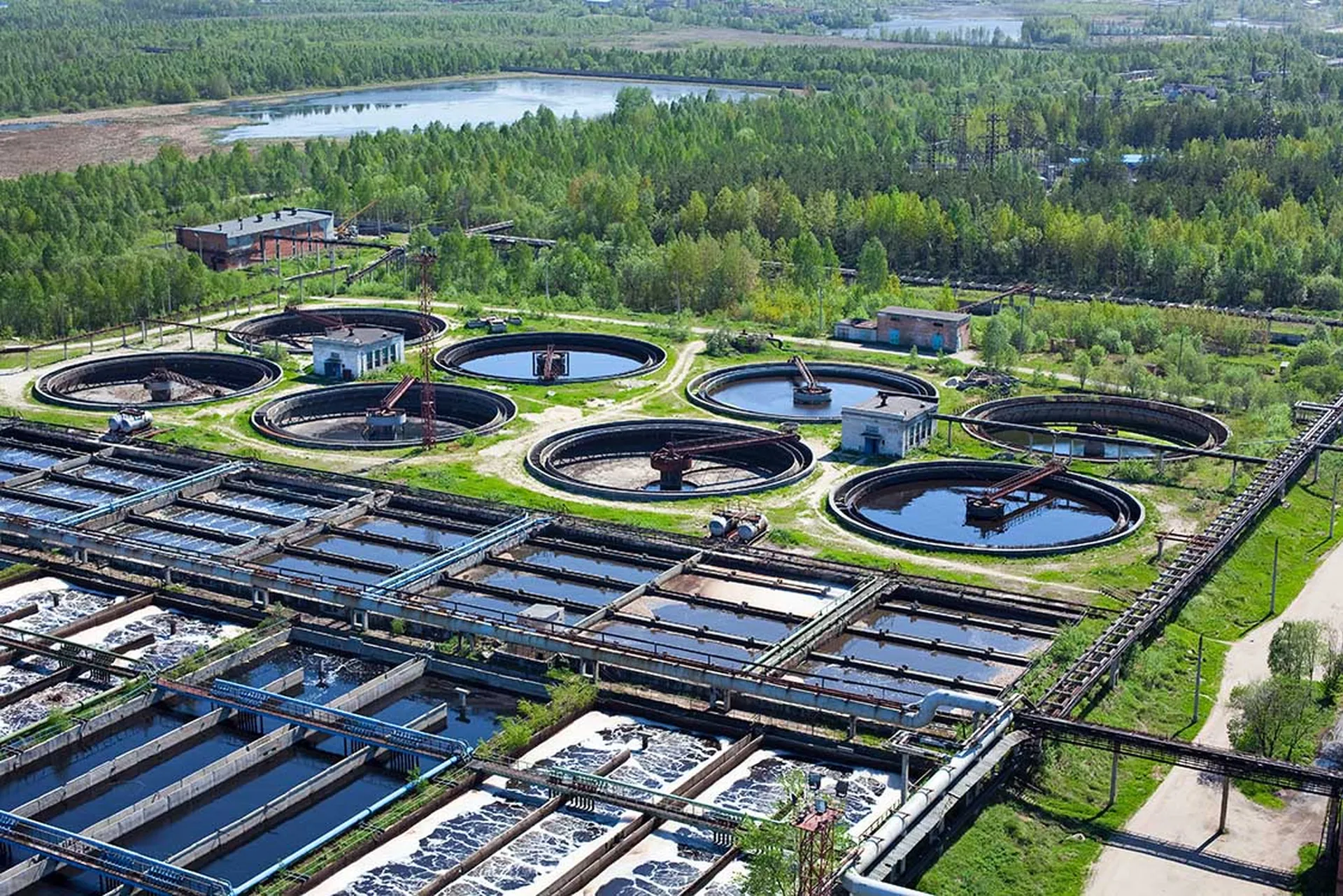Iran's Supreme National Cyberspace Council is investigating whether a recent string of oil and petrochemical fires were caused by a cyberattack.
According to a report in Time, a July 6 fire at the Bouali petrochemical plant that spewed toxic clouds over a nearby city, an explosion on July 8 at the Marun Oil and Gas Production Company and a fire on July 29 at the Bisotoon petrochemical plant are all being looked at by Iranian cyber investigators. The incidents were originally blamed on human error by the Iranian Petroleum Ministry.
Abolhassan Firouzabadi, secretary of Iran's Supreme National Cyberspace Council, said special teams will be sent to the sites to study if there is a cyber angle to the fires, he told the Tehran Times.
Idan Udi Edry, CEO at Nation-E, believes the evidence at hand already points toward these incidents being caused by a cyberattack.
"One indicator is that some of these attacks took place within hours of each other - some people may chalk this up to coincidence, but the fact that several of these incidences took place within a few weeks gives us reason to believe an attacker learned how to successfully implement a cyberattack on Iran's oil and gas facilities, then continued to keep doing so on larger scales," he told SCMagazine.com in an email.
Iran has been on the receiving end of industrial cyber attacks in the past. In 2012 the country had to disconnect is main oil terminal and facilities from the internet due to a virus, Edry said. More well known is that in 2010 the country's Natanz nuclear facility was hit with the Stuxnet worm.
Updated with Idan Udi Edry comments.


